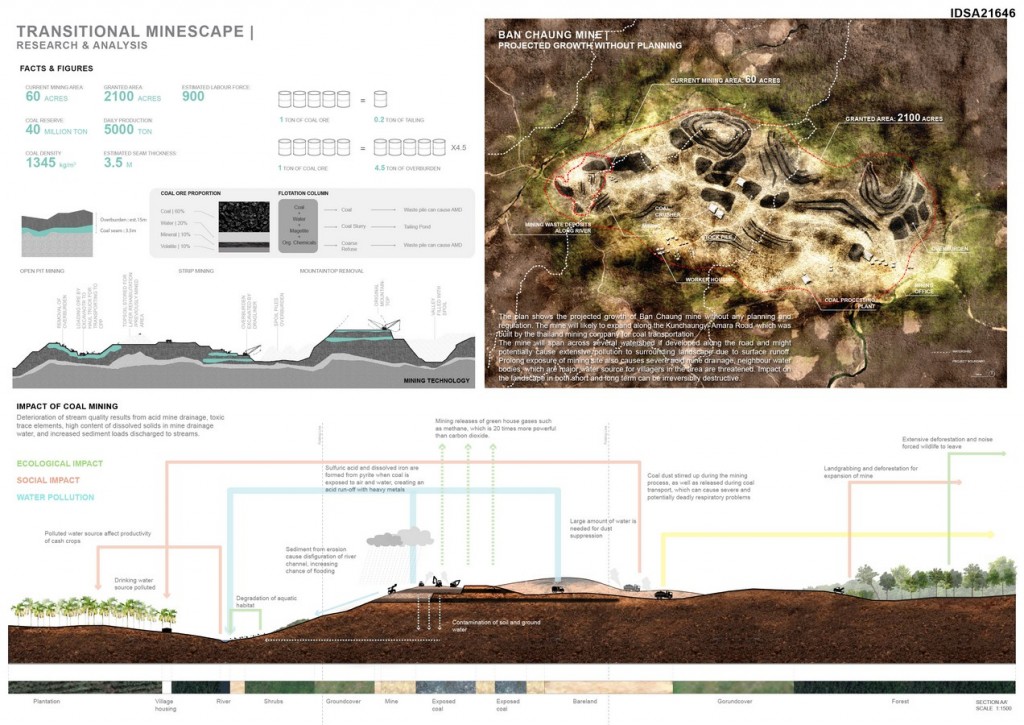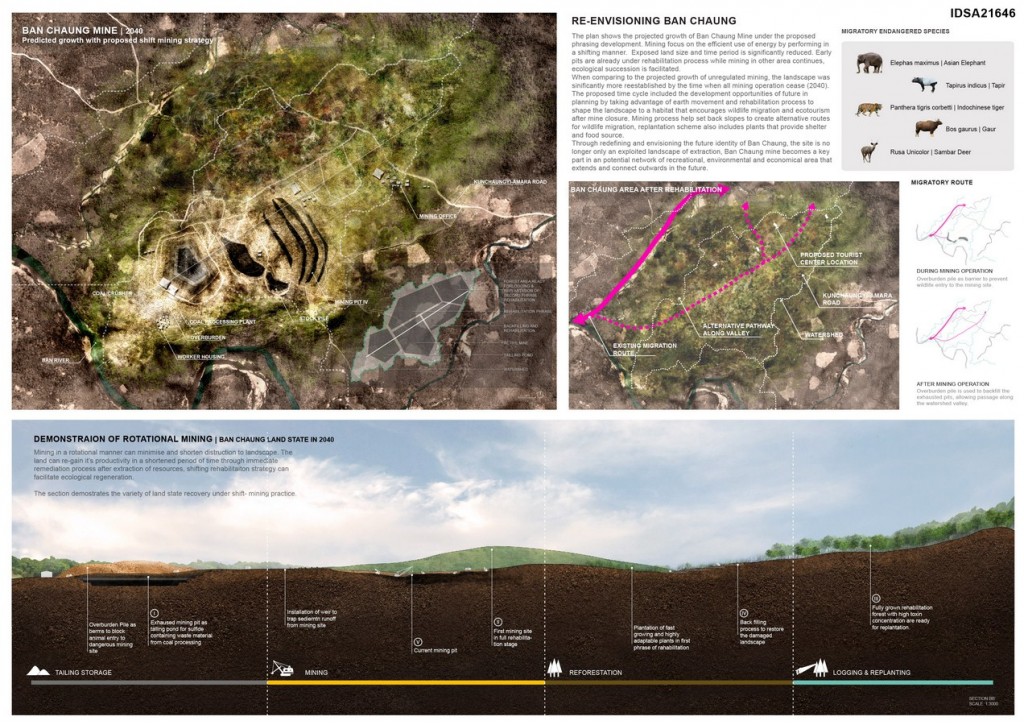Large-scale regional planning and infrastructure development practices are often implemented with a virtual absence of people on the ground, creating conflict as land tenure, economic livelihoods, and the environment come under threat. “Design on the Road to Burma” takes students’ learning to the frontier landscape of transnational development along the Tai-Burmese border, reinforcing the importance of fieldwork in reconciling abstract geographical data and real condition on the ground.
Participant Name: Amanda Ton
University: The University of Hong Kong
Country: Hong Kong

- Mapping & Analysis
- Strategic and Tactical Planning
- Design and Material Intervention
Building upon the research and strategies developed in Project 1&2, you will propose a design intervention that engages the social dynamics, ecological processes, and physical geography of the landscape studied. Landscapes have long memories: their surface register manipulations for production or exchange, and in the ground they embody remnants of season and exploitation. The “ecology” of landscapes, both metaphorically and literally, actively shapes environmental changes over time through cycles of production and waste, leaving behind traces of activity and clues of growth. This offers unique possibilities to develop design projects that are performative, accumulative, and infrastructural, structuring a landscape through form and function over time.

The design intervention could be a manipulation of current landscape systems, or it could be a new invention. However, the operational logics, locations, and systems should influence the future of the region. The intervention could operate as a singular entity at a site scale and as an aggregate system at the urban or regional scale, guiding and shaping future development new Dawei. The deployment of the intervention must consider the spatial implications (such as scale, location, and configuration) as well as hierarchy and change over time. Combined, your interventions and their deployment would have the capacity to transform the regional environment. Lastly, your design should consider the operational parameters, both material and spatial, and focus on how inhabitants might occupy or use the space planned.

The final task of this project and the studio is to test your assumptions and intervention through designing a method of evaluation: digital modeling, analogue simulations, scenario planning, or other means, to understand the role of the designer throughout the lifetime of a project.





